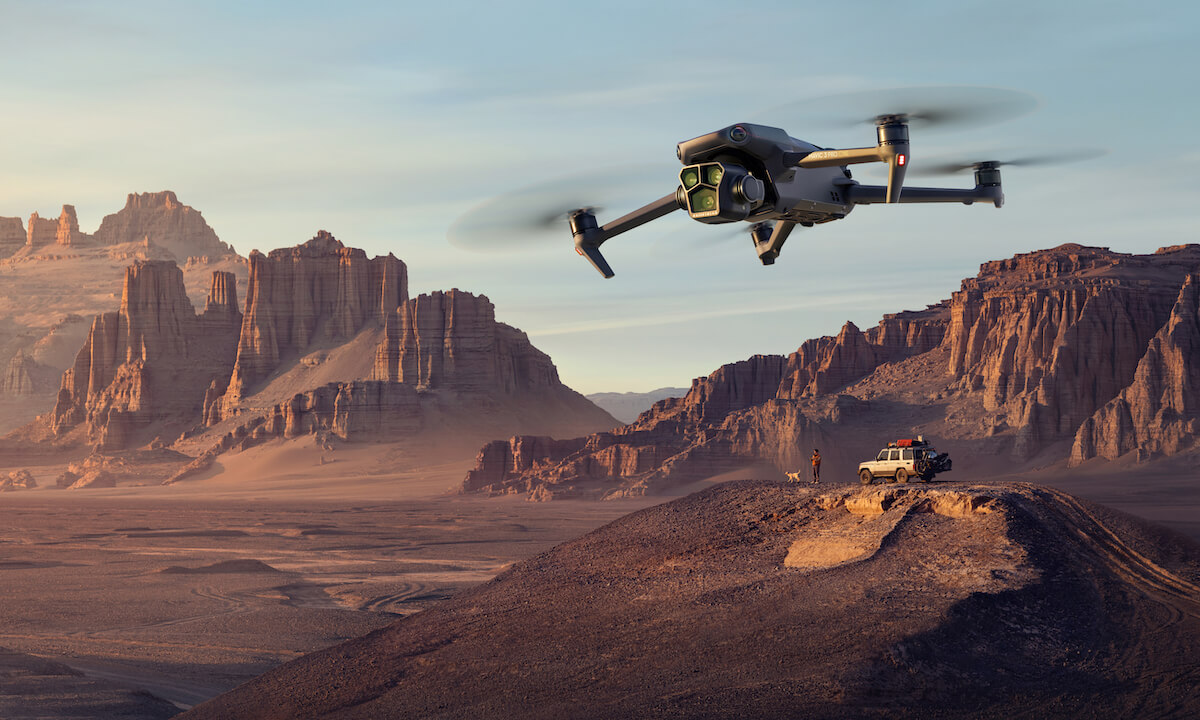Nuclear Detection Enhanced by Advanced Drones Technology
With the remarkable advancement in modern technology, drones have emerged as pivotal tools in enhancing nuclear detection capabilities. The unique attributes of drones, including their agility and sophisticated sensor systems, make them an ideal choice for this critical task.
In recent years, accurate detection of nuclear materials has become increasingly important from both security and environmental perspectives. Drones equipped with specialized nuclear detection equipment can access areas that are otherwise challenging for humans and ground-based machines.
These unmanned aerial vehicles can swiftly cover vast regions, providing real-time data, crucial for analyzing potential nuclear threats or radioactive contamination. Explore more about how drones are revolutionizing detection protocols.
This technology is not only limited to military applications; civilian uses include monitoring nuclear power plants, detecting illegal storage of radioactive substances, and assisting in environmental cleanups after nuclear incidents.
Capabilities of Detection Drones
The state-of-the-art drones are equipped with high-sensitivity detectors capable of identifying gamma rays and other radioactive emissions. These detectors are coupled with advanced communication systems that relay information back to command centers instantly. This real-time feedback loop allows for rapid decision-making, minimizing risks and enhancing response strategies in potentially hazardous situations.
Nuclear detection drones utilize GPS and sophisticated mapping software to navigate and document radiation levels across various terrains. Their autonomy and precision offer unparalleled advantages in nuclear surveillance and safety enforcement.
The integration of drones into nuclear detection frameworks signifies a monumental leap forward in dealing with nuclear challenges. The perpetual advancement in drone technology only promises further improvements in efficiency and reliability.
Challenges and Solutions
Despite their myriad benefits, deploying drones for nuclear detection comes with specific challenges. Weather conditions, electromagnetic interference, and even the drones’ operational limits pose certain hurdles. Continuous advancements in AI and battery technology are anticipated to address these impediments, prolonging flight durations and enhancing overall robustness.
Frequently Asked Questions
- Can drones
 detect all types of nuclear radiation?
detect all types of nuclear radiation? - Drones equipped with comprehensive sensor arrays are capable of detecting a wide range of radioactive emissions; however, their efficacy can vary based on the type of detector deployed.
- Are these drones safe to operate near nuclear sites?
- Yes, provided they are operated by trained professionals who understand the potential risks and follow established safety protocols.
- What is the future of drones in nuclear detection?
- As technology evolves, drones are expected to gain more autonomy, higher accuracy, and improved durability, leading to broader adoption in both civil and defense sectors.